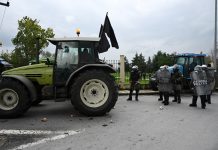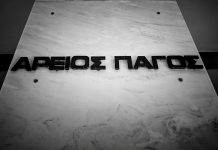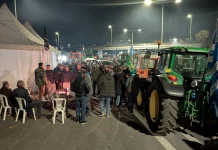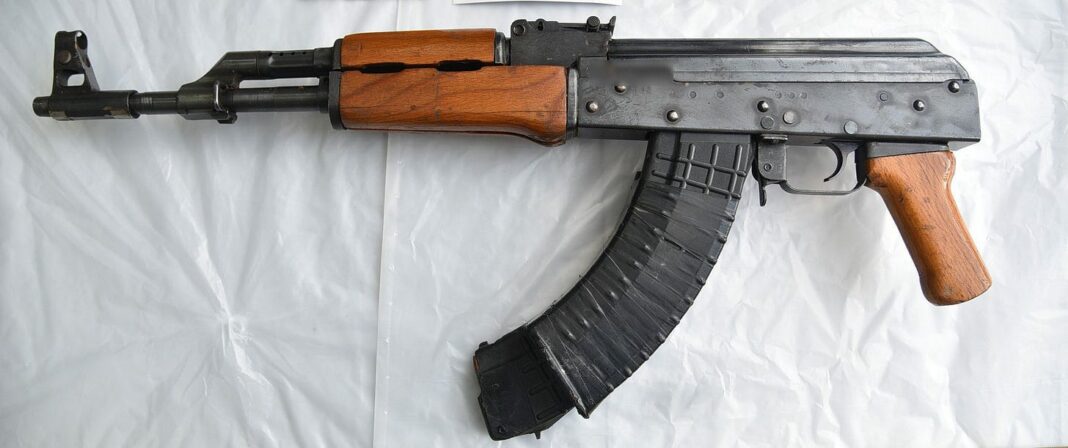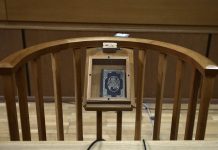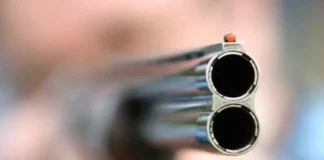Τα όπλα στην πιο… «ασφαλή» χώρα της Ευρώπης
Αφιέρωμα στο τεράστιο οπλοστάσιο που βρίσκεται ή βρισκόταν στα χέρια ένοπλων οργανώσεων, ποινικών ή αλλοδαπών εγκληματιών κάνει το Militant Wire για ένα θέμα το οποίο είναι σχετικά άγνωστο στην Ευρώπη.
Και τα ευρήματα είναι μάλλον απογοητευτικά για μια υποτίθεται «ασφαλή» χώρα, στην οποία απαγορεύεται η οπλοκατοχή, πλην ελαχίστων εξαιρέσεων, αλλά τελικά όλοι όσοι δεν πρέπει να έχουν καν πρόσβαση όπλα τελικά έχουν.
Πιο συγκεκριμένα γράφει το ξένο ιστολόγιο:
«Η Ελλάδα είναι μια ενδιαφέρουσα (και αναμφισβήτητα μη μελετημένη) περίπτωση για οποιονδήποτε στον τομέα της ασφάλειας.
Ο ένοπλος αγώνας από τις τις αρχές του 19ου αιώνα για ανεξαρτησία ενάντια στην Οθωμανική Αυτοκρατορία όχι μόνο ενέπνευσε μια σειρά από παρόμοιες εθνικιστικές εξεγέρσεις, αλλά και αιχμαλώτισε διανοούμενους που ζούσαν ήδη σε «ελεύθερες» και συχνά δημοκρατικές δυτικές χώρες.
Η γεωγραφία της είναι επίσης ενδιαφέρουσα, καθώς αποτελείται από μερικά από τα πιο ακυβέρνητα εδάφη, στην προκειμένη περίπτωση, βουνά και αρχιπέλαγος χωριστών νησιωτικών αλυσίδων.
Τα νησιά της Ελλάδας την καθιστούν φυσικό στόχο για ένα τεράστιο δίκτυο λαθρεμπορίου και οργανωμένου εγκλήματος και τα βόρεια σύνορά της στην ενδοχώρα μοιράζονται με μετακομμουνιστικές χώρες των οποίων τα καθεστώτα κατέρρευσαν τη δεκαετία του 1990 και γνώρισαν μεγάλες παράνομες και παράνομες εκροές όπλων από οπλοστάσια που ήταν —στην περίπτωση της Αλβανίας— κυριολεκτικά ανοίχτηκε και λεηλατήθηκε από πολίτες.
Η χώρα βρίσκεται επίσης μεταξύ της νοτιοανατολικής Ευρώπης -η οποία γνώρισε τρομερές βίαιες συγκρούσεις τη δεκαετία του 1990- τη Βόρεια Αφρική και το Λεβάντε, το μεγαλύτερο μέρος του οποίου είτε εξακολουθεί να βιώνει κάποια μορφή ένοπλης σύγκρουσης είτε αναρρώνει από επαναστάσεις ή/και βίαιες αναταραχές κάποιου είδους.
Επιπλέον, η ίδια η Ελλάδα έχει πλούσια εσωτερική ιστορία ένοπλης πολιτικής βίας και ιδιαίτερα ανταρτικής δραστηριότητας, είτε με τη μορφή των ληστών που κυριαρχούσαν στα βόρεια ορεινά περάσματα την εποχή των Οθωμανών, των ανταρτών που πολέμησαν τις φασιστικές δυνάμεις στον Β’ Παγκόσμιο Πόλεμο, των εθνικιστικών ανταρτών που πήγαν να βοηθήσουν την οργάνωση ΕΟΚΑ να πολεμήσουν τους Βρετανούς στην Κύπρο, τους μαρξιστές-λενινιστές αντάρτες πόλεων του τέλους του 20ού αιώνα ή τους αγωνιστές αναρχικούς προκατόχους τους.
Προσθέτοντας σε όλα αυτά, για το μεγαλύτερο μέρος του 21ου αιώνα, η Ελλάδα φαίνεται να έχει ανασταλεί σε μια μόνιμη κατάσταση αναταραχής και ο ελληνικός λαός έχει μια αξιοσημείωτη ικανότητα να κινητοποιεί ο ένας τον άλλον στους δρόμους για μαζικές διαδηλώσεις, διαδηλώνοντας για διάφορες αιτίες.
Μεταξύ της μειοψηφίας των Ελλήνων και των ξένων υπηκόων που είτε ανήκουν σε σοβαρά δίκτυα οργανωμένου εγκλήματος είτε ανήκουν σε άτομα με ιδεολογικά κίνητρα, τα όπλα που αποκτούν στη χώρα σε μεγάλο βαθμό εμπίπτουν σε συνεπείς κατηγορίες που είναι προβλέψιμες, δεδομένης της θέσης της Ελλάδας στον χάρτη και τα συνήθη πρότυπα παράνομου/παράνομου εμπορίου όπλων στην περιοχή.
Τα όπλα που παρουσιάζονται έχουν κατασχεθεί σχεδόν όλα από την Ελληνική Αστυνομία και προέρχονται από διάφορους παράγοντες, από ιδιώτες που είναι ενθουσιασμένοι με τα πυροβόλα όπλα αλλά δεν διαθέτουν κατάλληλες άδειες, μέχρι μικροέμπορους ναρκωτικών και μερικούς από τους πιο διαβόητους στην Ελλάδα αντάρτες πόλης.
Πολλά από τα όπλα προέρχονται από τις πρώην Γιουγκοσλαβικές δημοκρατίες, ένας μικρότερος αριθμός προέρχεται από τη Βουλγαρία και είναι πολύ συνηθισμένο να βλέπουμε όπλα που κατασκευάστηκαν ή/και προέρχονται από την πρώην Λαϊκή Σοσιαλιστική Δημοκρατία της Αλβανίας.
Μαζί με αυτά υπάρχουν όπλα κοινά σε όλο τον υπόλοιπο κόσμο, όπως διάφορα διαμετρήματα ημιαυτόματων όπλων Glock, που κατασκευάζονται στην Αυστρία. Ομοίως, κοινά κυνηγετικά όπλα περιλαμβάνονται επίσης σε αυτά τα οπλοστάσια, που κυμαίνονται από σπασίματα έως μέτριες αντλίες και ημιαυτόματα.
Περιστασιακά συναντά κανείς όπλα σε αυτές τις κατασχέσεις που κατασκευάζονταν στη γειτονική Τουρκία, κυρίως κυνηγετικά όπλα τύπου AR 0,12 gauge.»
Yiafkes (Weapons Caches)
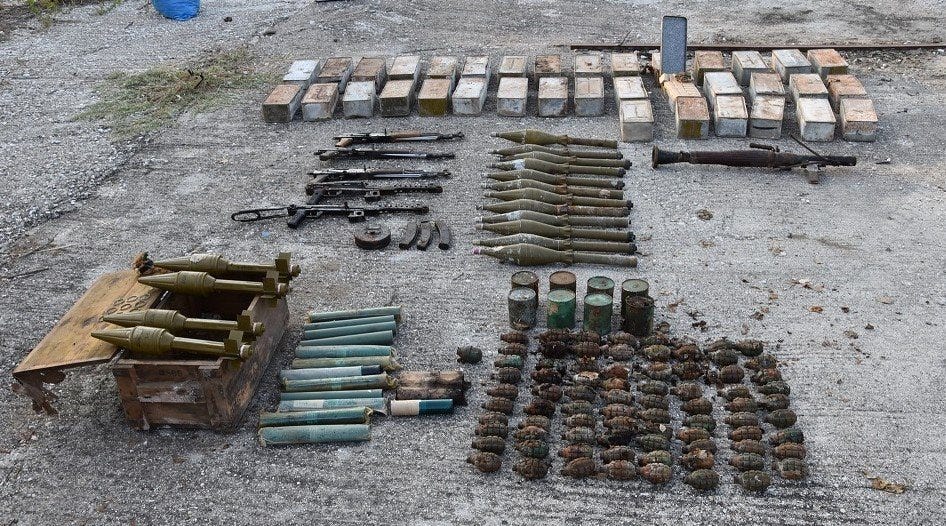
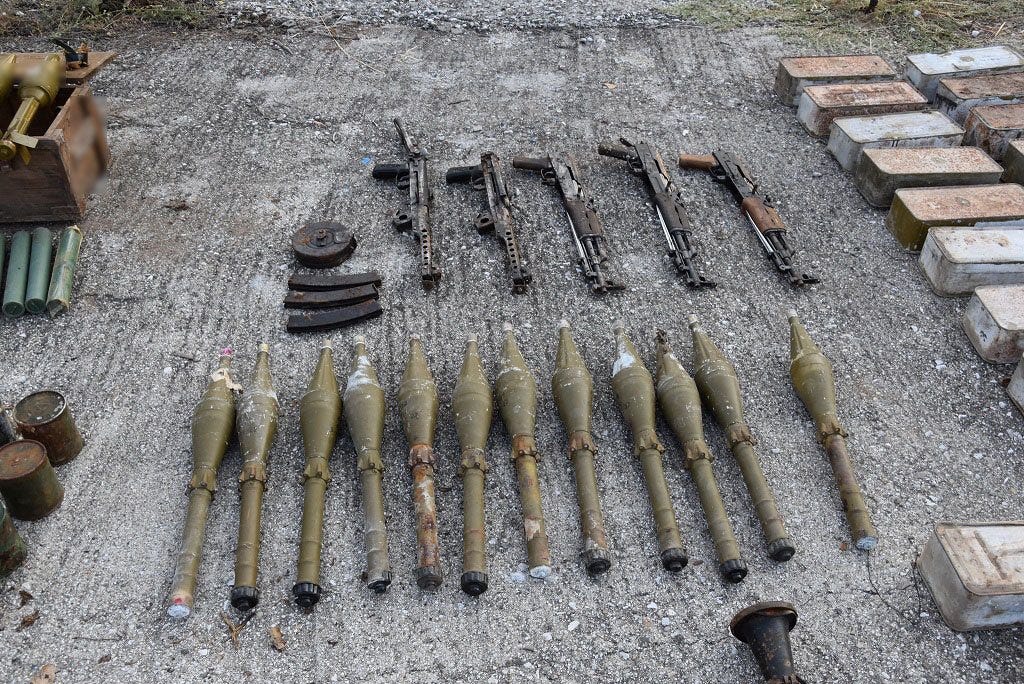
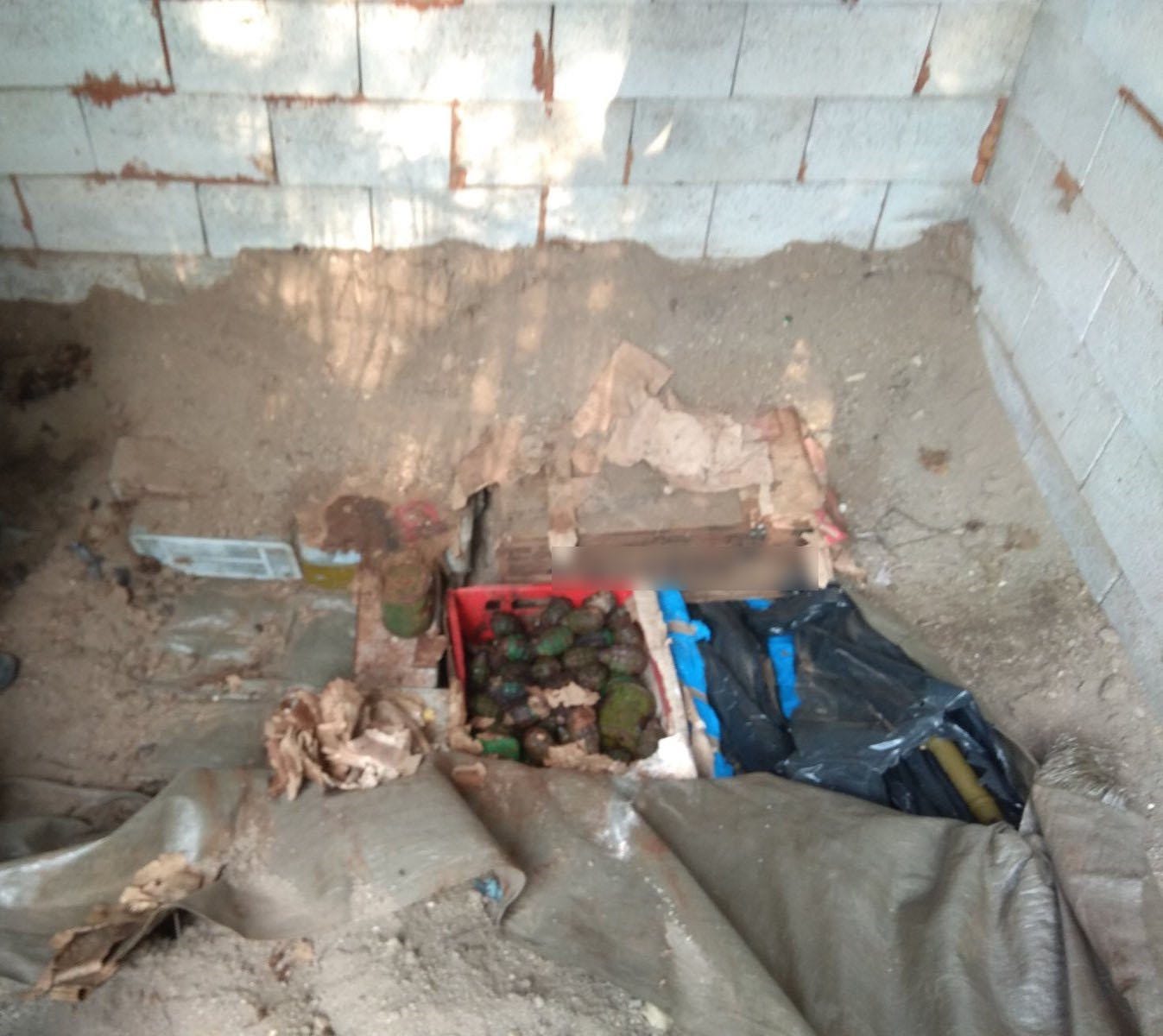
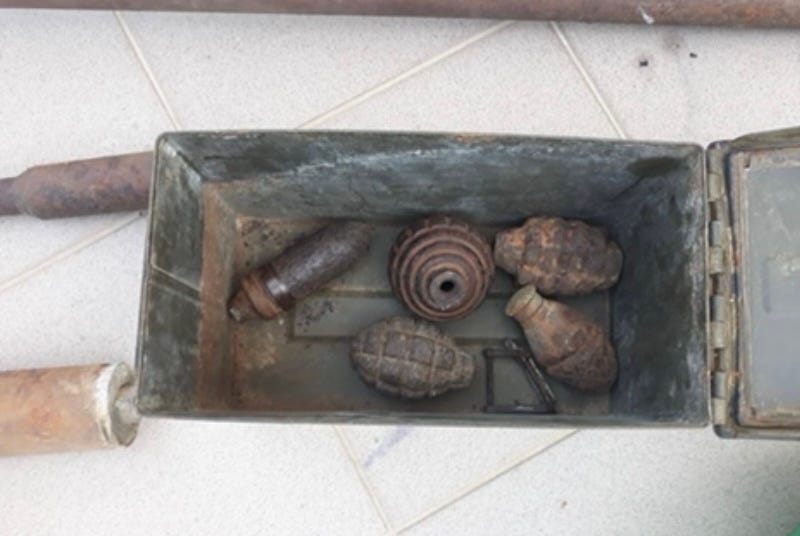
These pictures are from an extensive yiafka seized in rural Greece by Hellenic Police in 2020. It notably contained multiple rocket-propelled grenades and very much resembled the yiafkes of urban guerrilla groups from the late 20th Century and early 2000s.



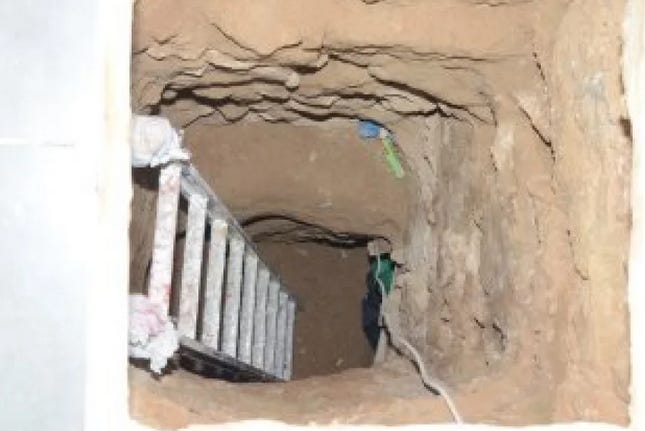
The above anti-tank weapon, the RPG launcher, industrial-grade explosives, and small arms were seized from a yiafka in downtown Athens, which had been stored in a secret underground tunnel beneath an apartment being rented by members of a Turkish Marxist-Leninist guerrilla group known as DHKP/C. Nearly a dozen Turkish citizens were arrested in the counter-terrorism raid that led to the weapons seizure.

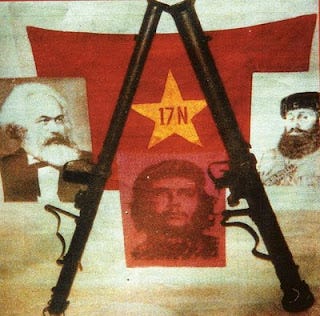



The above five photos depict the yiafkes of Greece’s most notorious urban guerrilla group, the Revolutionary Organization—17 November, or simply “17N”. The G3A3 rifles were stolen during a bloodless raid on a police station in Vyronas, in which members of 17N disguised themselves as officers and subdued the police on duty there before accessing the station’s armory. The anti-tank rockets, launchers, and hand grenades were taken by 17N during a raid on an army base in Larissa, and the Bazookas were taken from the Athens War Museum. These weapons were used in multiple attacks on soft and hard targets during the latter half of 17N’s 27-year operational career.

This is the yiafka of Revolutionary Sect, an anarcho-nihilist guerrilla group that emerged during mass unrest after the police killing of Alexis Grigoropoulos. Alexis was killed in the largely anti-authoritarian Exarcheia neighborhood of Athens, and many thousands rioted across Greece throughout December 2008 as a result of his death.

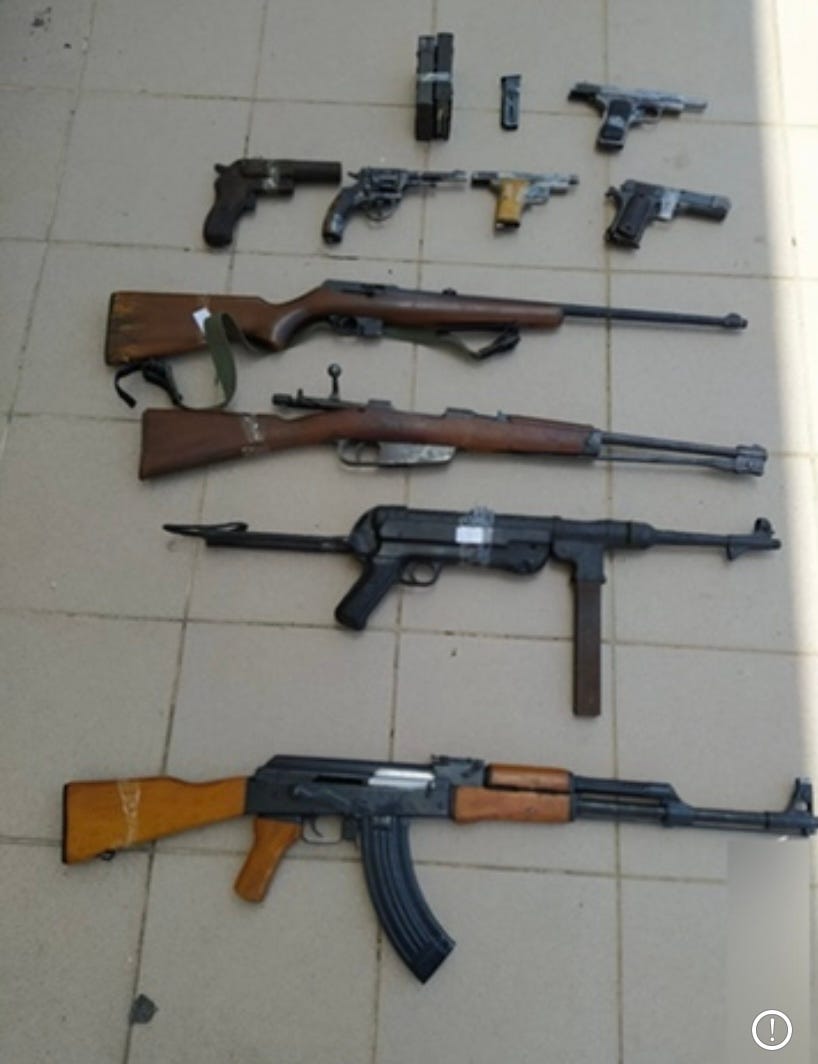
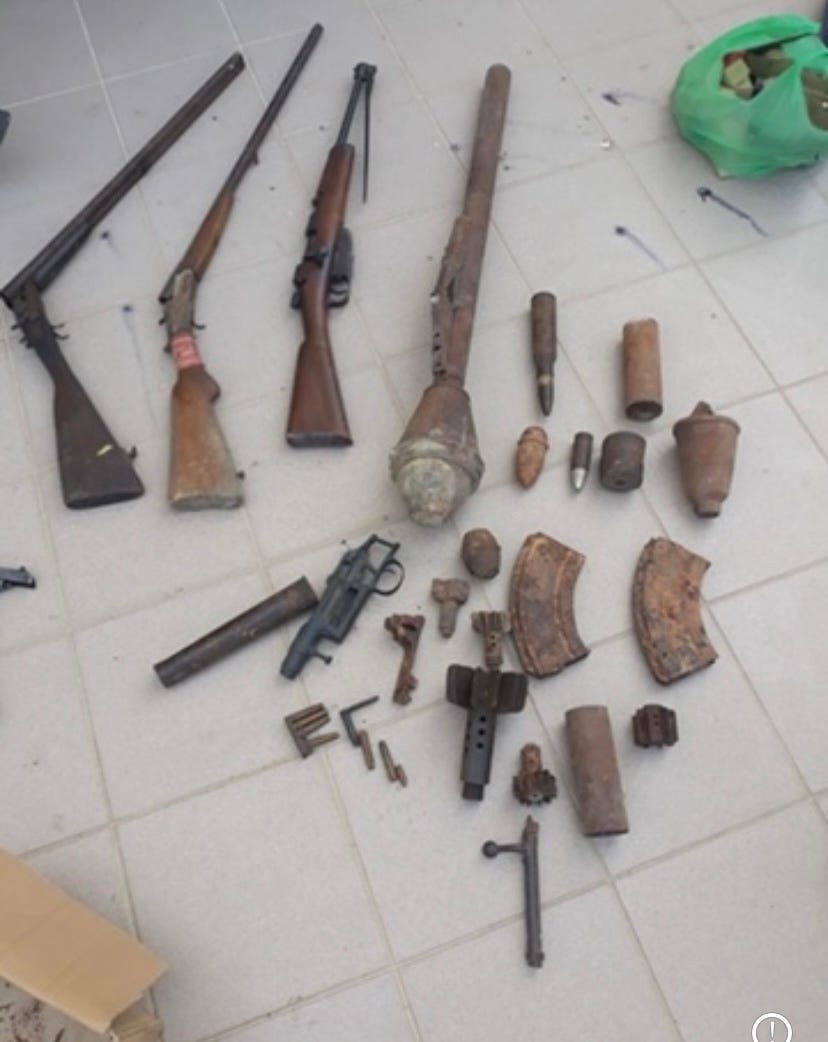
The Panzerfaust and MP-40 are great examples of the Axis weapons still lingering in Greece from the Second World War. However, it is likely not functional in its present state.


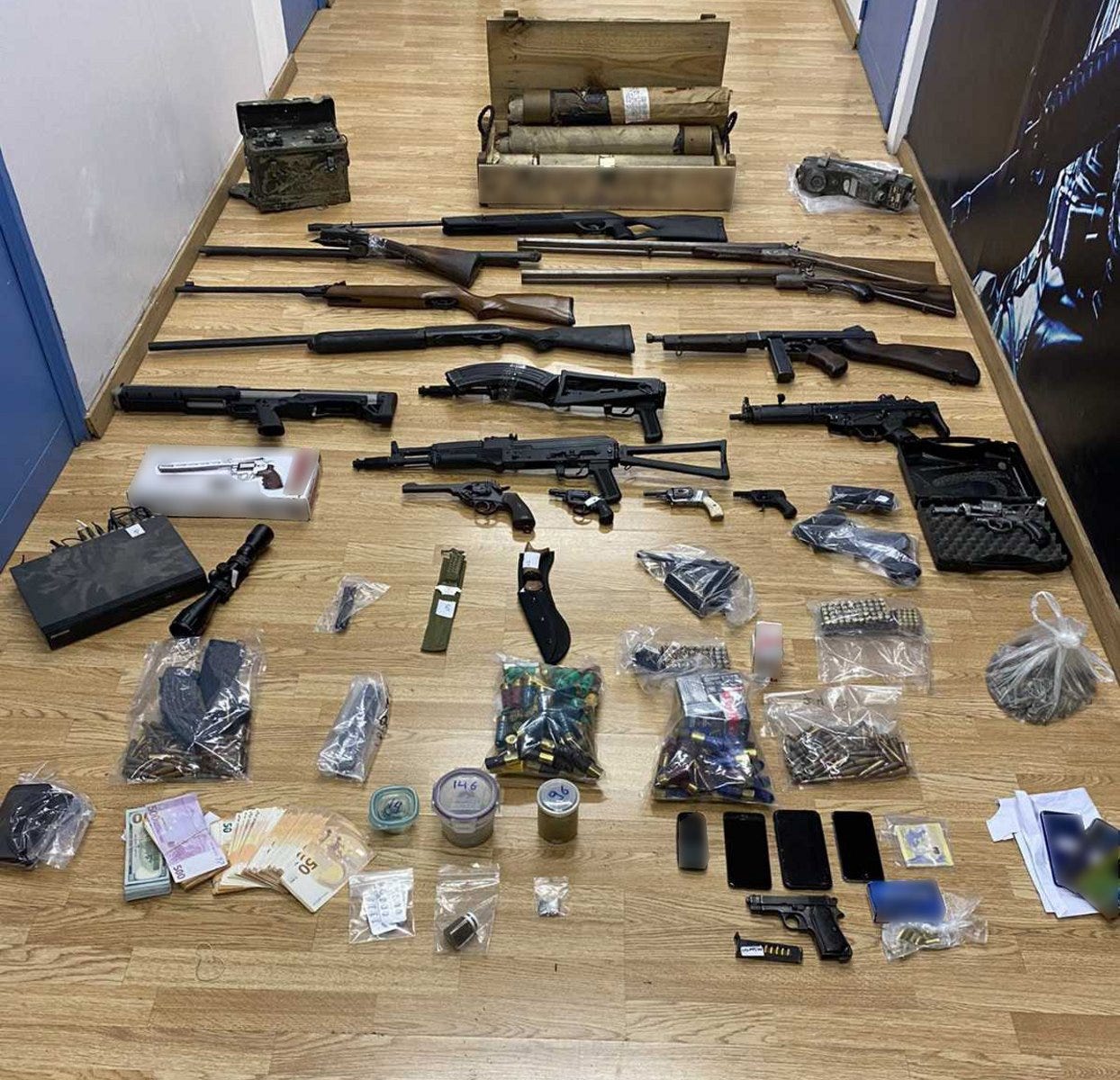
Above are more examples of yiafkes. The US-made WWII-era Thompson is particularly noteworthy, but others have also been found and seized in Greece in recent history.

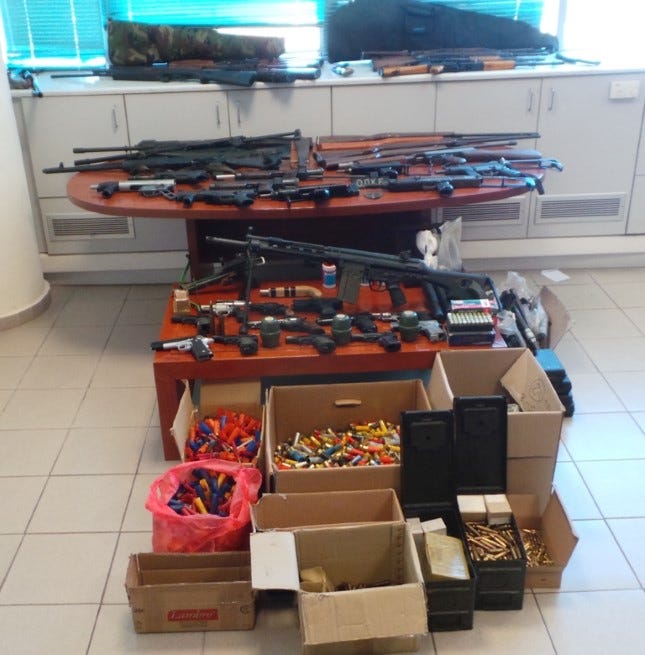
AK-Pattern Rifles
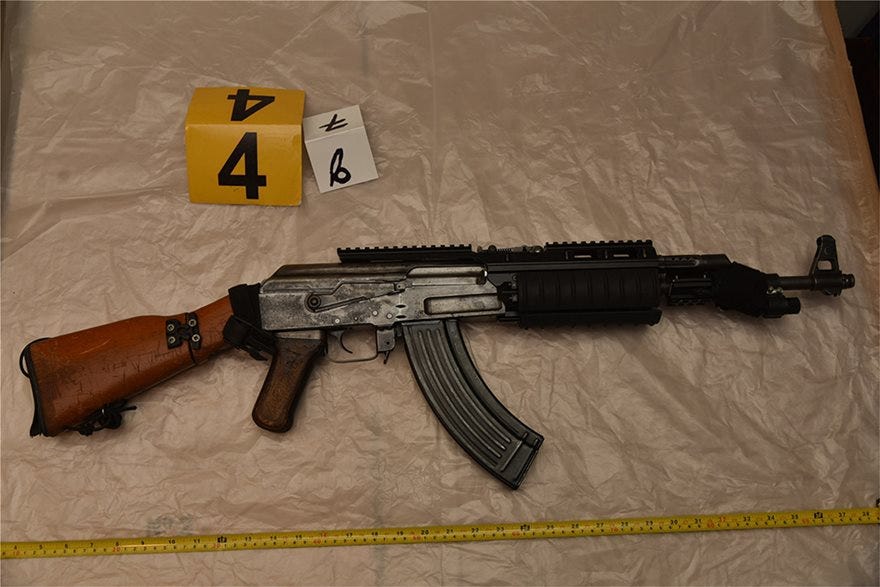
The above AK-47 was taken from a yiafka that belonged to the founder of the militant anarchist urban guerrilla group, the Organization for Revolutionary Self Defence. Dimitris Chatzivasileiadis had stored the weapon along with three similar rifles, a very unusually modified Soviet-era PPSh-41, and explosive materials at a friend’s home, who was later arrested before Chatzivasilieadis was himself apprehended in August 2021.
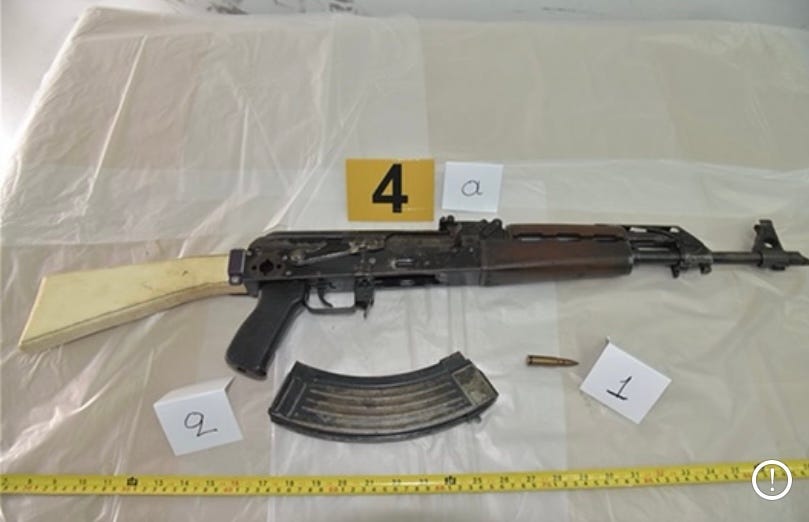
The above AK-pattern, Yugoslav-made Zastava rifle was taken from Yannis Michailidis (aka “The Syntagma Archer”) after he robbed a bank following a prison escape. Michailidis is an alleged member of the now-defunct anarcho-nihilist urban guerrilla group, the Conspiracy Cells of Fire (CCF).
Along with the Zastava, police seized an M84 submachine gun (also of Yugoslav origin), a handgun, and realistic disguises. Like the above rifle taken from Chatzivasileiadis, Michailidis’s rifle has an interesting craft-made side-folding stock.
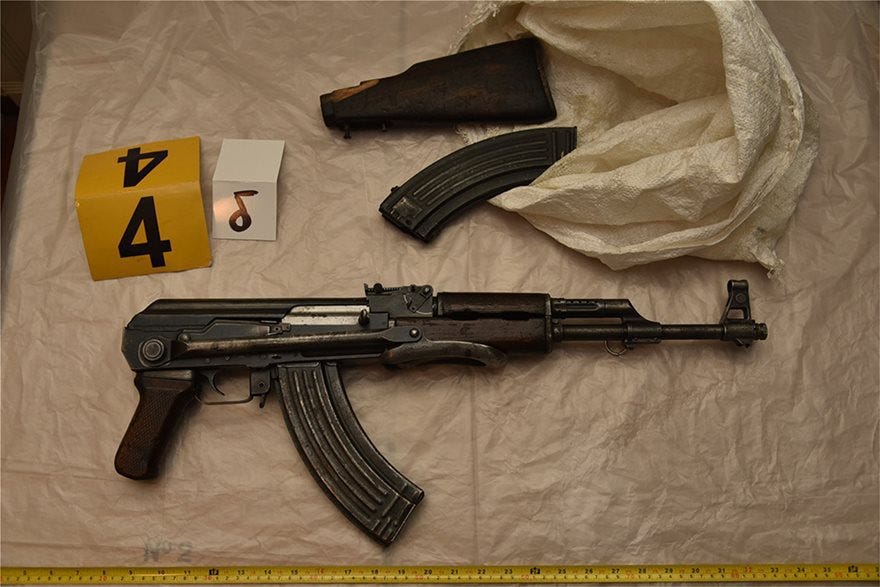



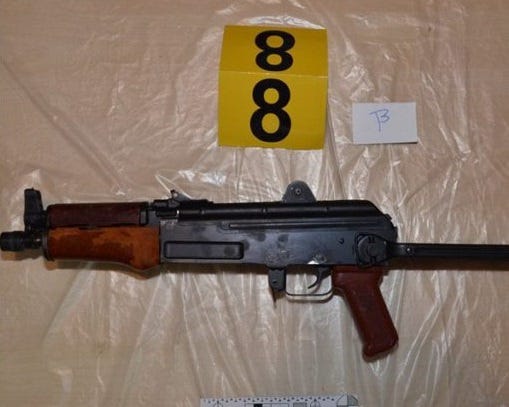
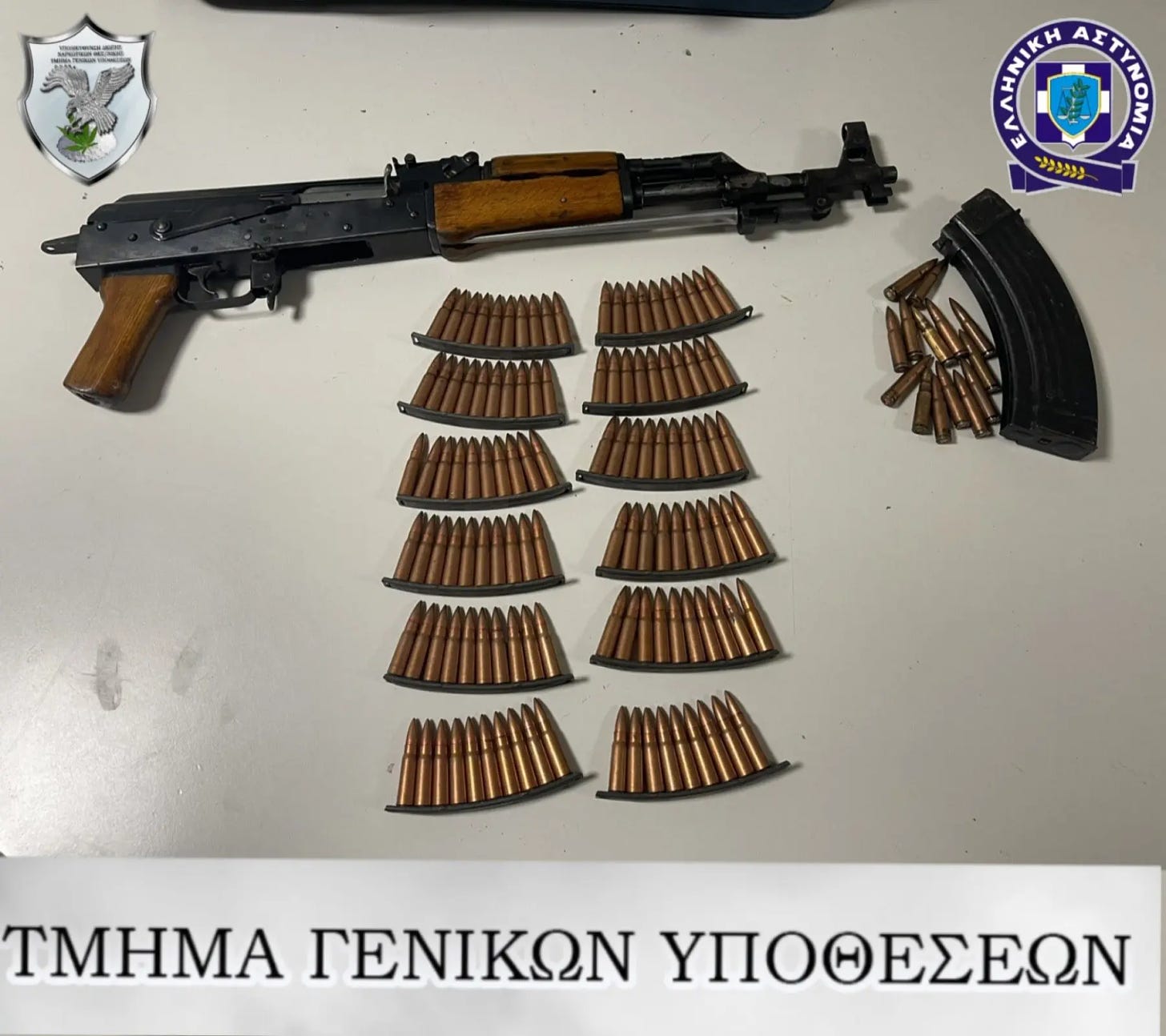

The above rifle was found on Dimitris Chatzivasileiadis when he was arrested and was not included in the yiafka that police raided earlier.
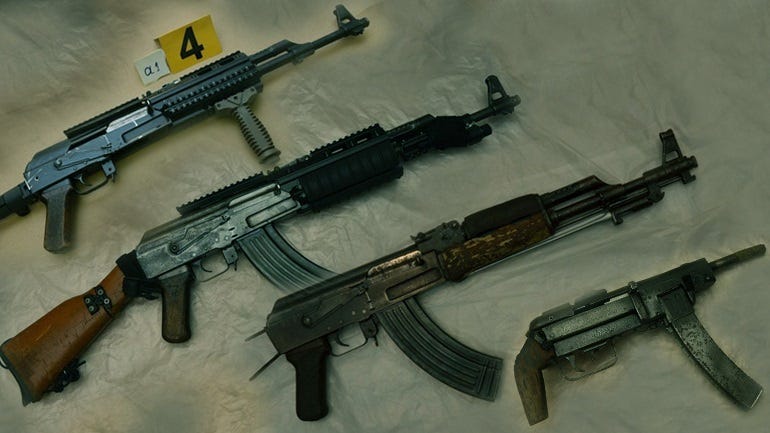
Part of the Chatzivasileiadis yiafka, which includes the modified PPSh-41 mentioned above at the bottom of the photo.
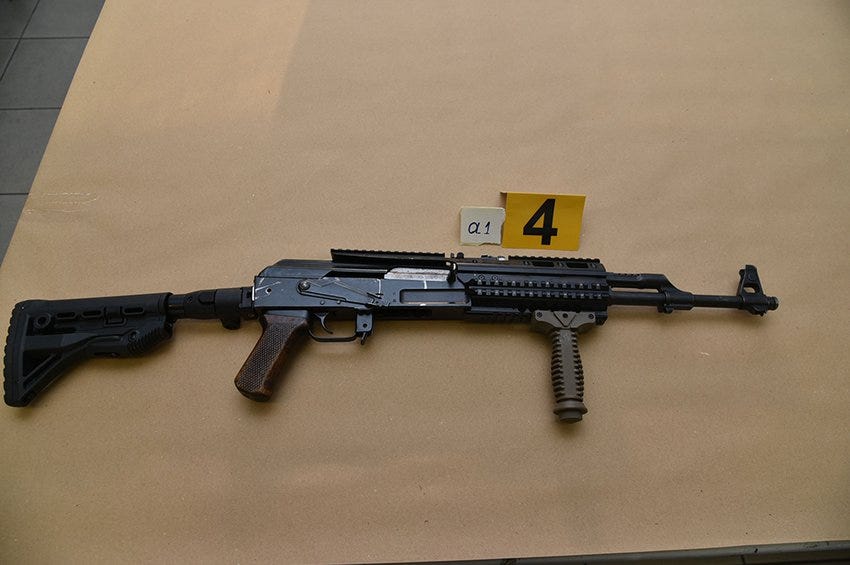


Average criminals often come into possession of AK-pattern rifles, whose likely origins are in Albania, both indigenously produced and sourced from countries like China.

Zastavas are also common in Greece among criminals and ideologically motivated militants alike.

These Albanian AK-pattern rifles and Skorpions belonged to a heist crew that was robbing banks and maybe state-owned casinos. The mask is very similar to that which was taken from Yannis Michailidis during his last arrest.

Many of the firearms that are featured in this article are in abysmal shape, largely due to the challenges of storing them in concealed and secure locations away from prying eyes.




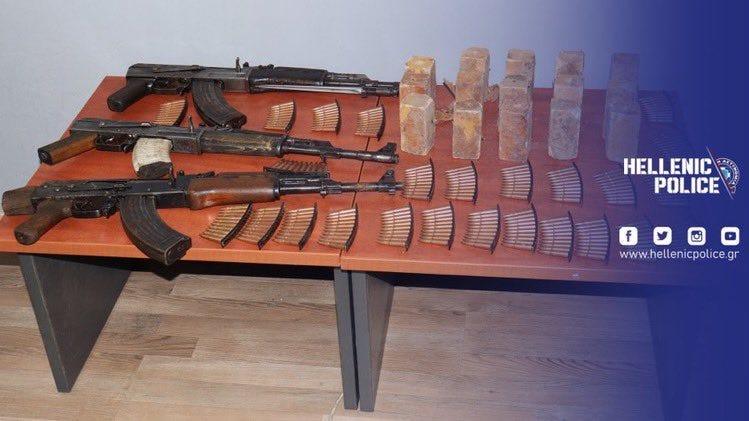

The above Zastava was taken from accused bank robber and militant anarchist, Fotis Tziotzis.

A “large” quantity of 7.62x39mm rounds—presumably for an AK-pattern rifle or rifles which were never recovered by authorities—was discovered along with explosives and handguns in a yiafka located in Athens.
TT-33s and Polish PW wz. 33 Pistols:
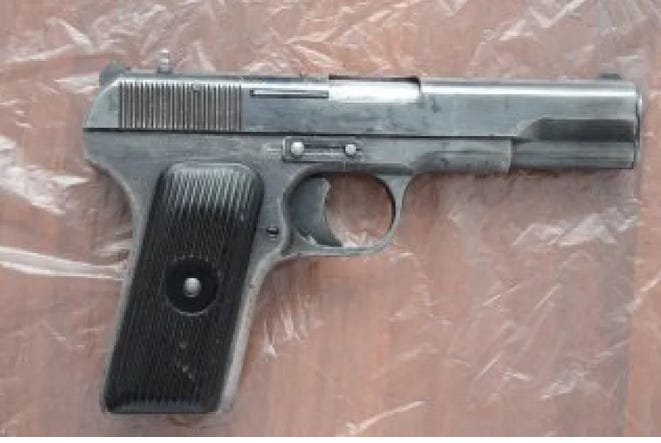

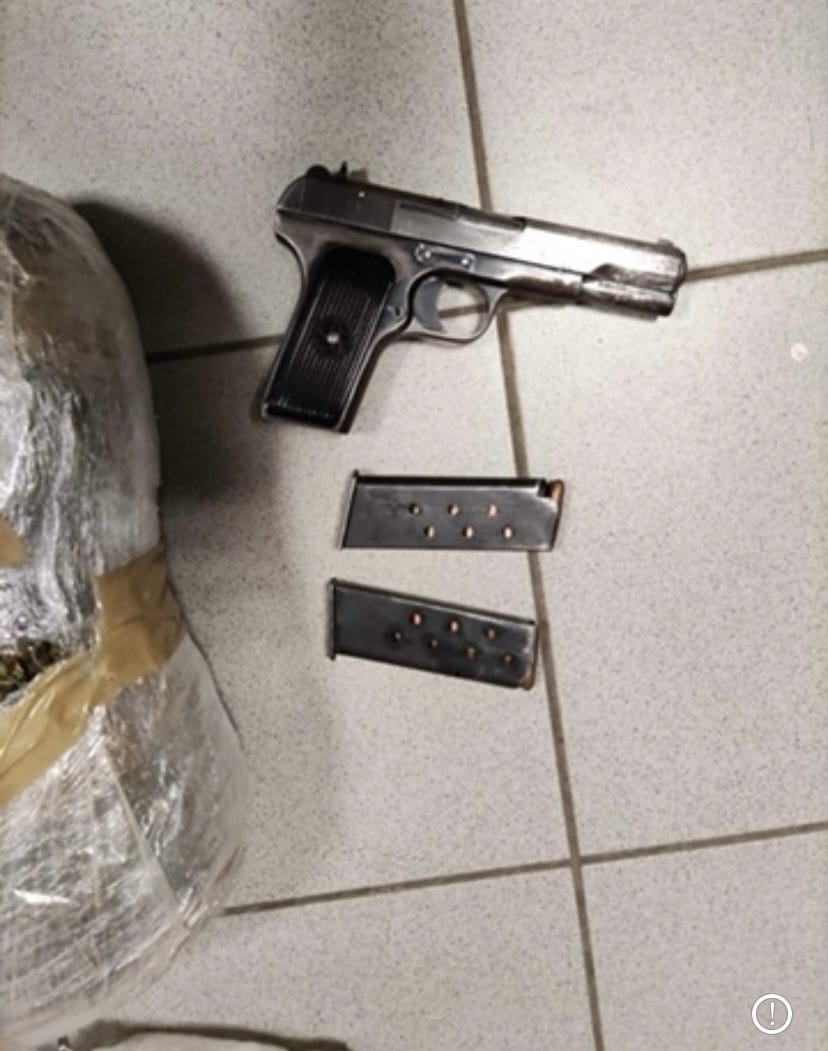
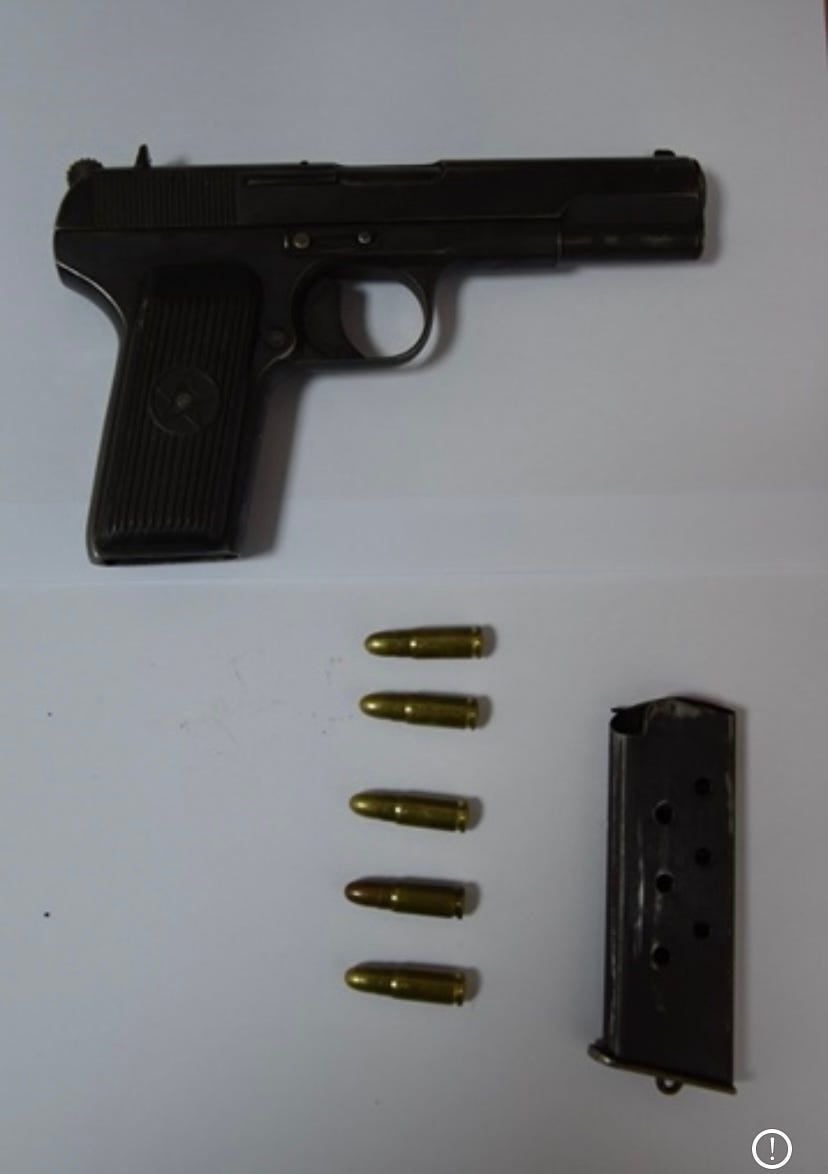


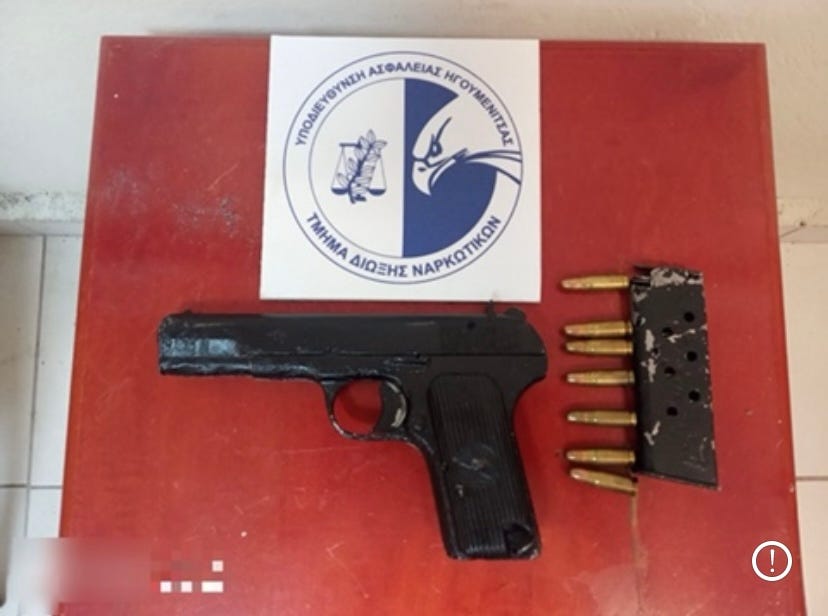
The only worthy comment on this small section of pistols is that these appear frequently in the hands of Greek criminals and guerrillas alike.
Other Small Arms


The above two AR-pattern shotguns are of Turkish origin. The topmost was taken from Greek citizens accused of antiquities theft and trafficking, as well as illegal weapons possession. The bottom shotgun and the AK-patterned rifle belonged to a local Greek rap artist who discharged the shotgun in the air during a dispute in his Athens neighborhood.
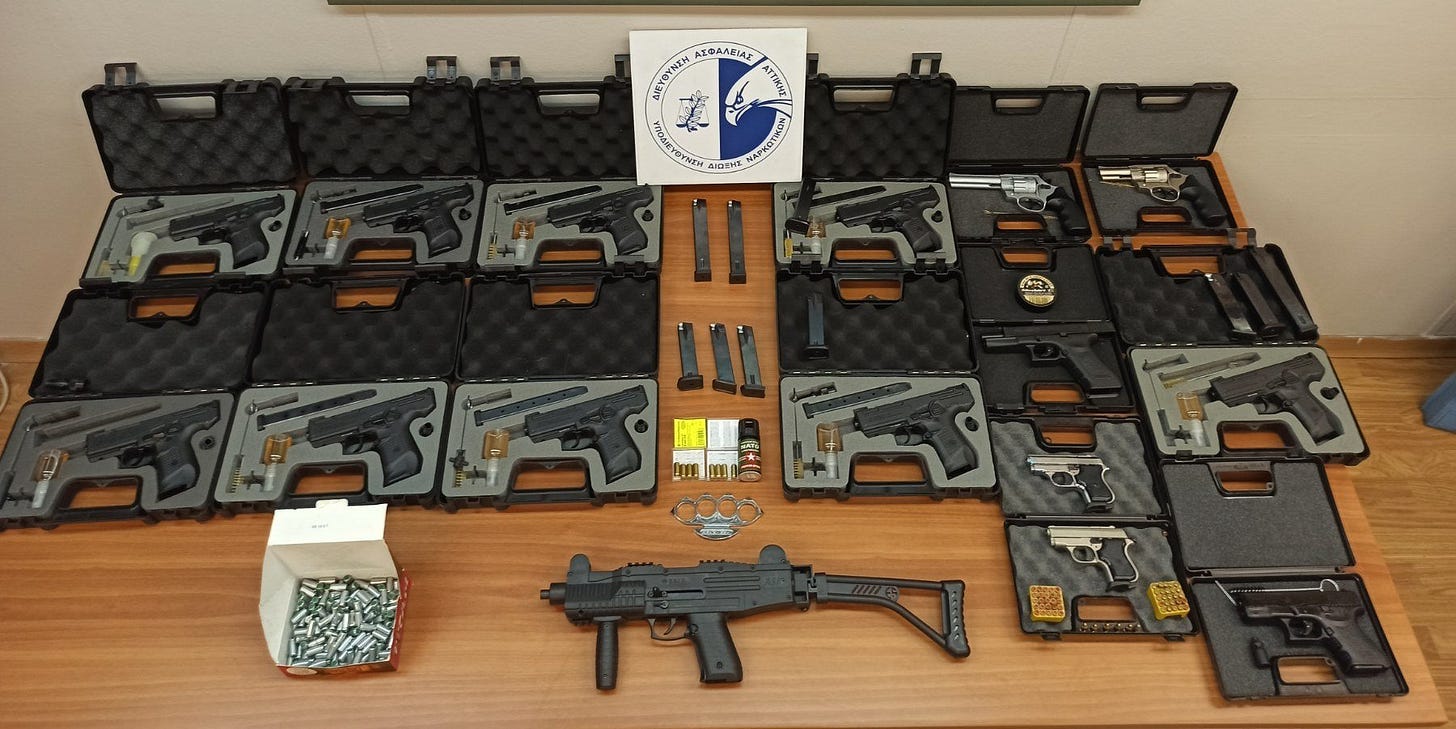
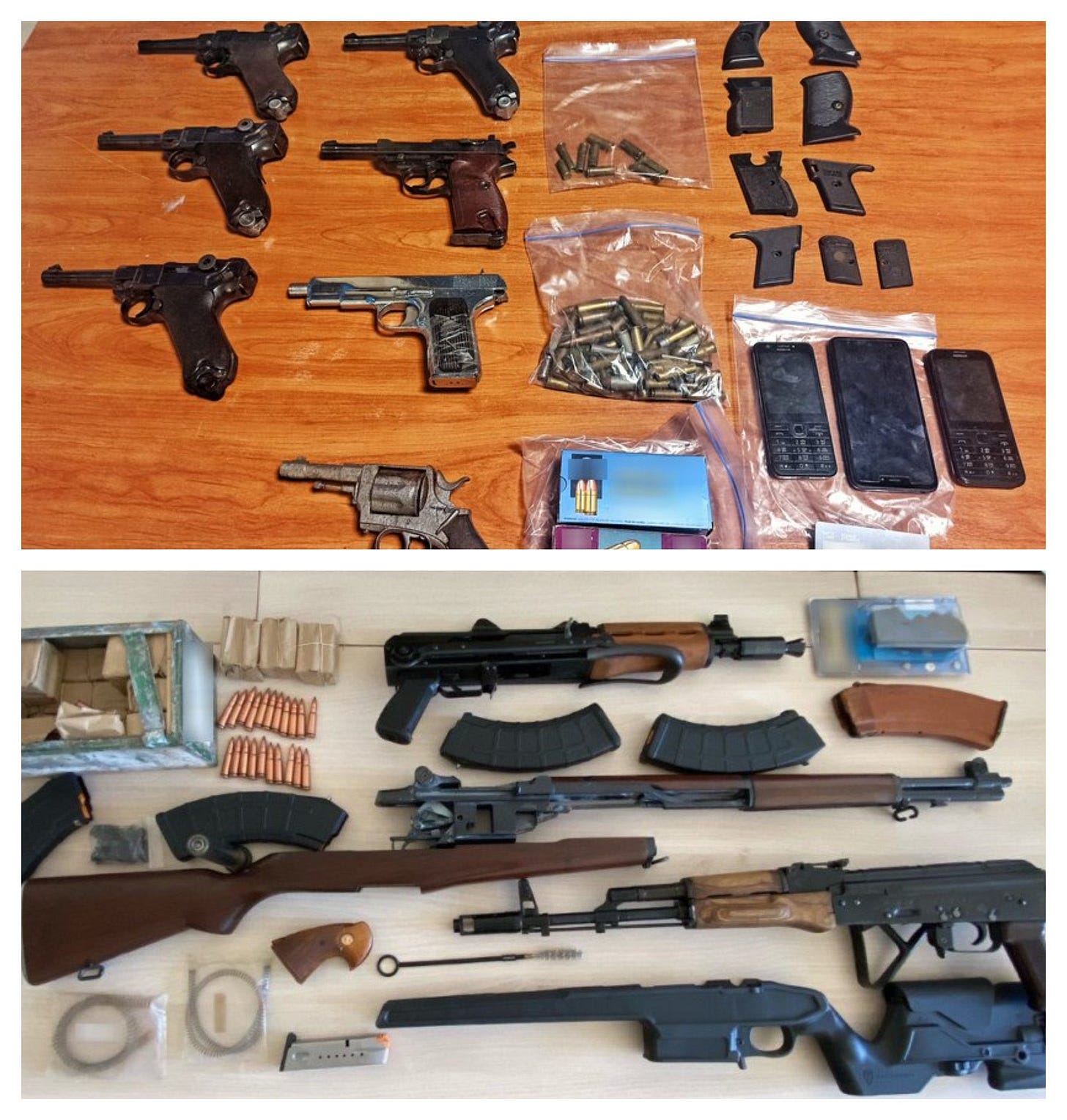
Ακολουθήστε το HappenedNow.gr στο Google News και μάθετε πρώτοι όλες τις ειδήσεις
Διαβάστε ολες τις ειδήσεις μας στο Facebook Group και μάθετε πρώτοι όλες τις ειδήσεις










